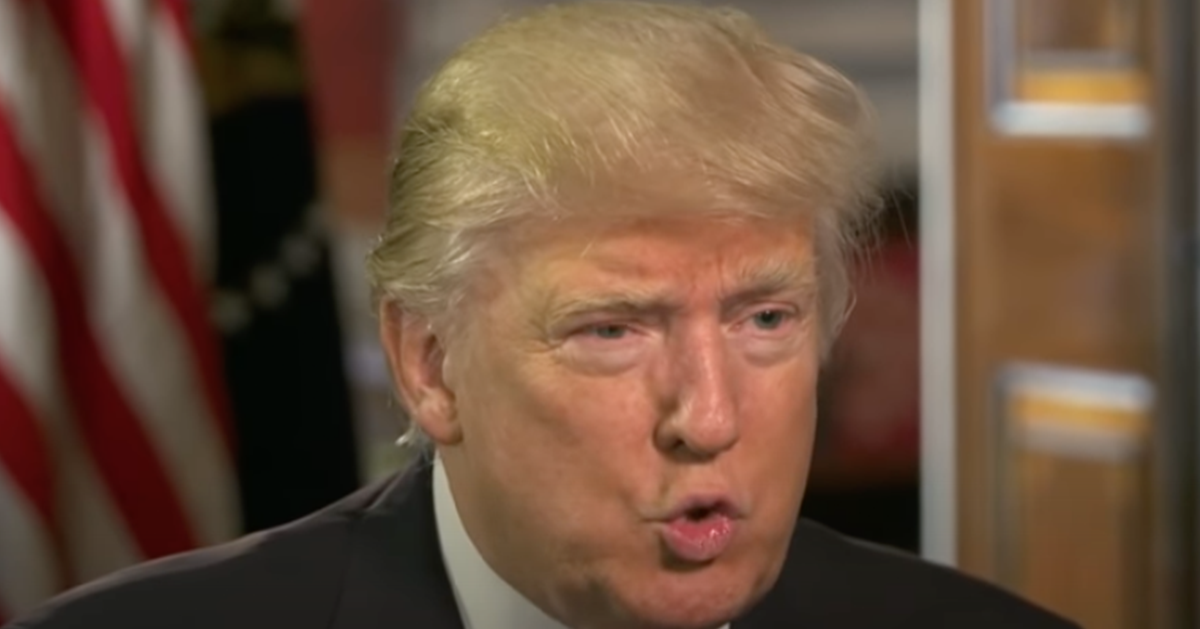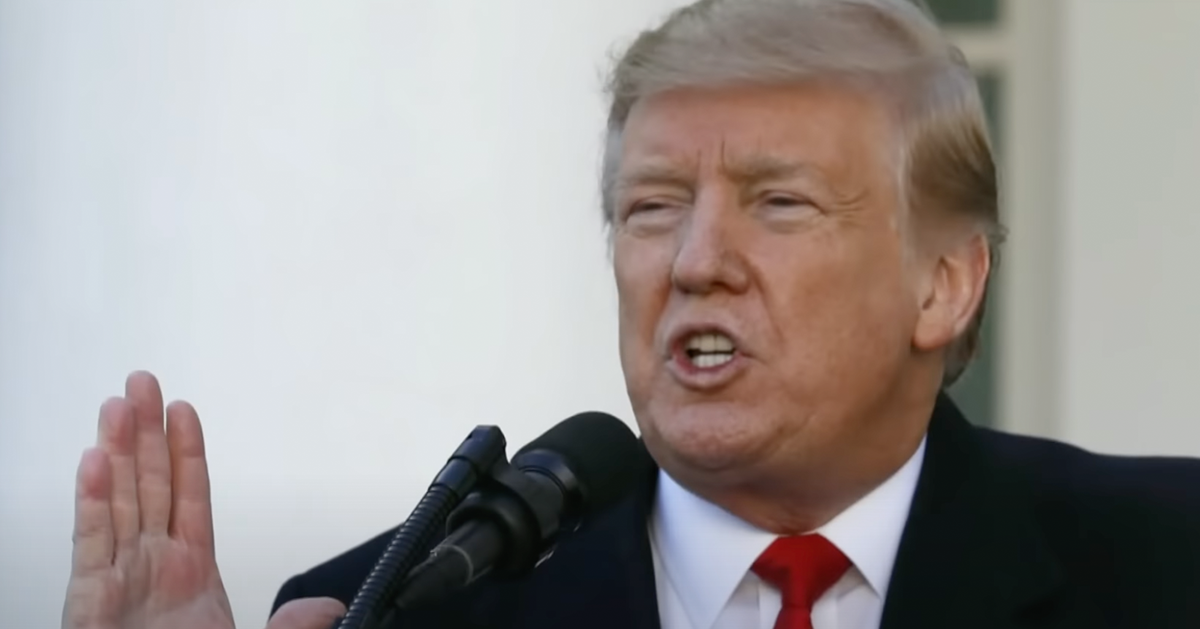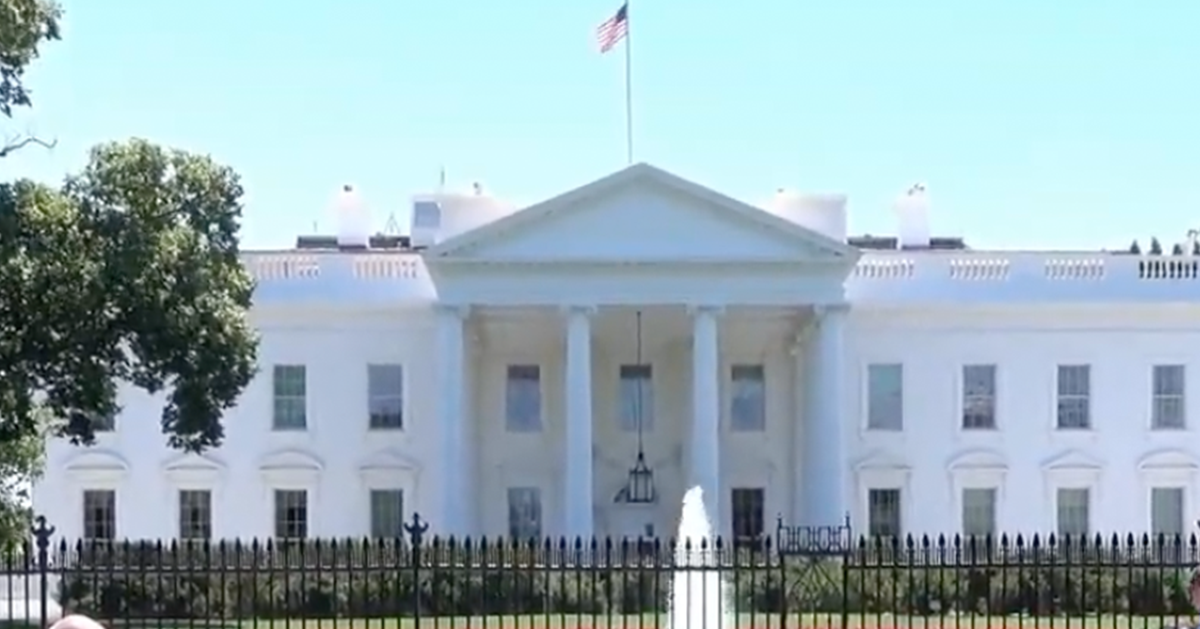Federal Reserve research supports tariff benefit claims: 150 years of data reveal lower inflation
Brace yourselves, economic traditionalists -- tariffs might just be the unsung heroes of price control.
A jaw-dropping study from the Federal Reserve Bank of San Francisco has turned conventional wisdom upside down, showing that over 150 years of data from the U.S., U.K., and France, tariff increases have consistently led to lower inflation and higher unemployment, challenging decades of policy assumptions, as Breitbart reports.
This isn’t some ivory tower theory; it’s a direct shot across the bow of the Federal Reserve’s current stance on trade barriers.
Tariffs Rewrite Economic History Books
Economists Régis Barnichon and Aayush Singh pored over historical tariff policies spanning 1870 to 2020, diving into significant shifts like the McKinley Tariff of 1890 and the trade measures rolled out in 2018.
They employed two sharp methods: dissecting major politically driven tariff changes and leveraging historical political cycles that created almost random policy shifts, untied to the economic climate of the day.
What did they uncover? A mere 4-point bump in tariffs slashed inflation by roughly 2 points while pushing unemployment up by 1 point -- a far cry from the price-spiking nightmare we’ve long been sold.
Centuries of Data Defy Inflation Myths
This trend wasn’t a fluke; it held firm across distinct eras, from the pre-1913 period through the turbulent interwar years to the modern post-World War II landscape.
The study suggests tariffs behave more like a brake on demand than a spike in supply costs, with evidence showing stock prices tumbling and market volatility surging after hikes, likely chilling both consumer and business enthusiasm.
Could it be that protecting domestic industries doesn’t always mean punishing shoppers? The numbers seem to whisper a quiet “yes” to that once-heretical thought.
Federal Reserve Missteps Under the Spotlight
Here’s where it gets sticky for the Fed: in 2025, they dragged their feet on cutting interest rates, bracing for inflation from an 18% tariff hike on U.S. imports, only to be blindsided by this research.
“We find that a tariff hike raises unemployment and lowers inflation,” Barnichon and Singh state plainly, poking a hole in the Fed’s long-held belief that trade barriers must drive up costs.
Challenging Old Models, Opening New Debates
“This goes against the predictions of standard models, whereby CPI inflation should go up in response to higher tariffs,” the researchers add, practically daring policymakers to rethink their playbook.
The study also floats possible reasons for the employment dip, pointing to factors like climbing domestic wages or foreign producers cutting prices to stay in the game, which could cool job growth without burning consumers. Beyond that, it nudges open a broader debate on whether tariffs could serve as strategic tools for large economies to bolster homegrown industries and reshape trade dynamics without the feared price surge.
Tariffs as a Domestic Economic Shield
Historical patterns in the research show tariff hikes often redirect economic activity toward domestic sectors, shielding local production in ways that don’t necessarily hit consumers where it hurts.
While the exact gears turning behind these effects remain murky, the consistent findings across varied methods lend serious weight to the idea that tariffs aren’t the economic villain of lore. Maybe it’s time to ditch the outdated textbook panic and look at trade policy with fresh, unclouded eyes.






